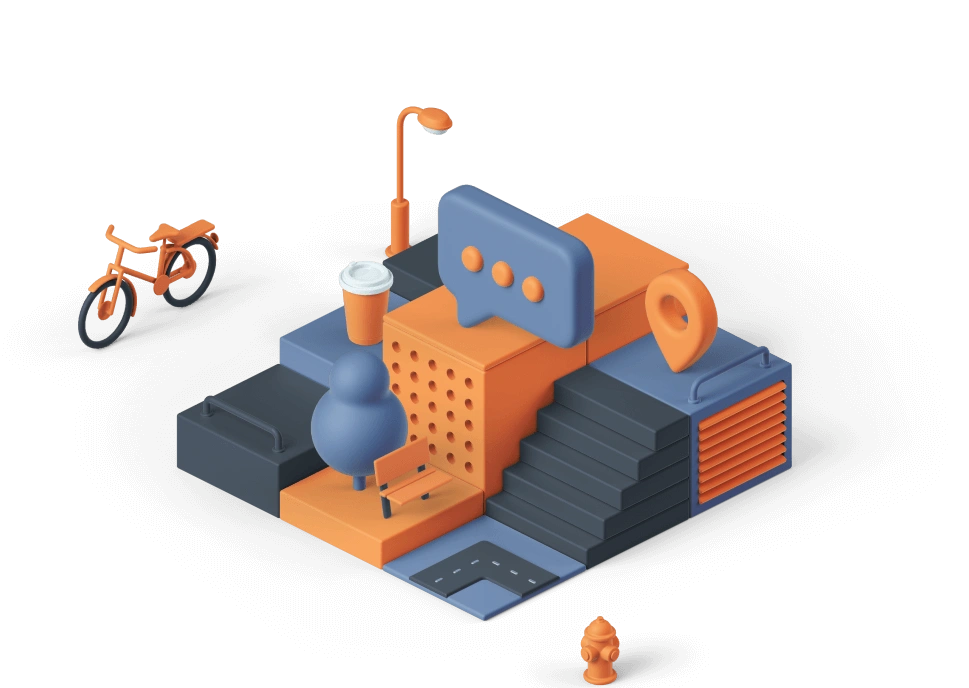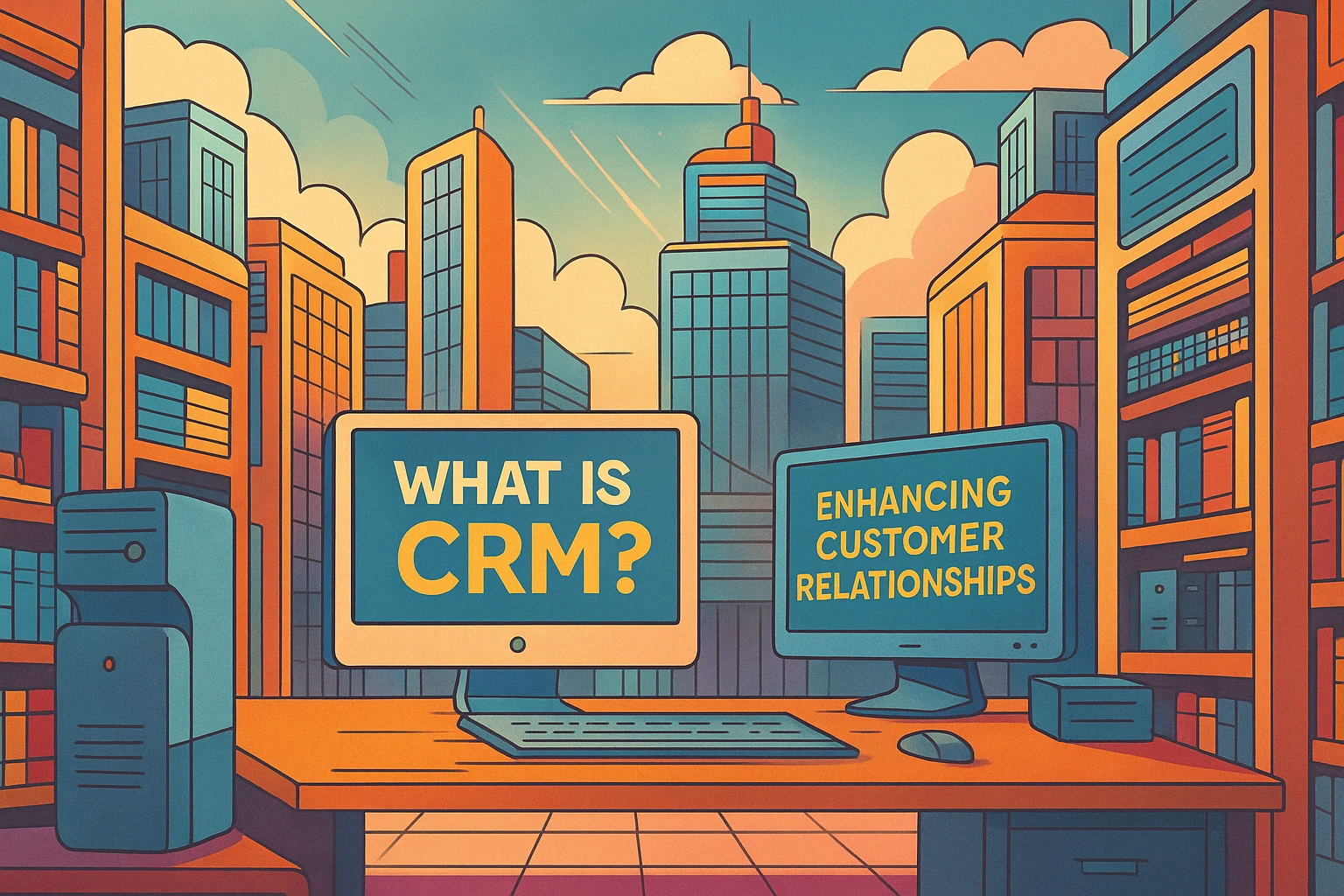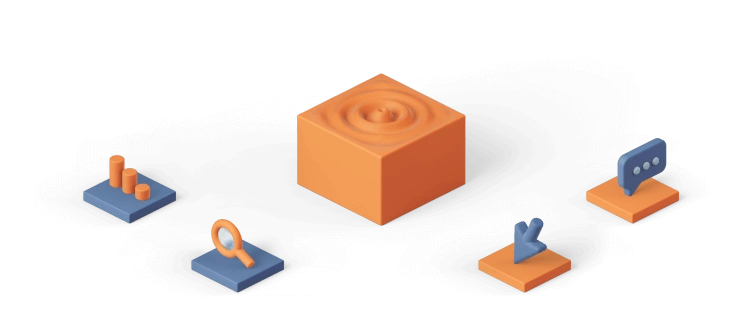What is SaaS and How It Works
Learn why it's revolutionizing global software distribution.

In today's digital landscape, Software as a Service (SaaS) has become a pivotal component of business operations across the globe. By providing scalable, on-demand software solutions over the internet, SaaS offers numerous advantages over traditional software models. But what exactly is SaaS, and how does it work? This article delves into the fundamentals of SaaS and its operational mechanics.
What is SaaS?
Software as a Service, commonly referred to as SaaS, is a software distribution model where applications are hosted by a service provider and made available to customers over the internet. This model eliminates the need for businesses to install, maintain, and manage software on their own infrastructure, providing a more cost-effective and efficient solution.
Key characteristics of SaaS include:
- Accessibility: Users can access SaaS applications from any device with an internet connection.
- Subscription-Based: SaaS is typically offered on a subscription basis, allowing businesses to pay only for what they use.
- Maintenance-Free: The service provider handles all updates, maintenance, and security.
How Does SaaS Work?
SaaS operates on a cloud infrastructure, which means the software is hosted on external servers rather than on-premises servers. Here's a breakdown of how SaaS works:
- Cloud Hosting: SaaS applications are hosted on the cloud. Providers like Amazon Web Services (AWS) and Microsoft Azure offer robust cloud infrastructure that ensures reliability, scalability, and security.
- Subscription Model: Users subscribe to the service, usually on a monthly or annual basis. This subscription grants access to the software and its features.
- Web-Based Access: SaaS applications are accessed via a web browser, eliminating the need for installations or complex configurations. This also means updates and new features are instantly available to users.
- Multi-Tenancy: SaaS providers use a multi-tenant architecture, where a single instance of the software serves multiple customers. This ensures efficient resource utilization and cost savings.
- Scalability: SaaS solutions can scale with the needs of the business. As a business grows, additional resources and features can be easily added without the need for significant upfront investments.
Benefits of SaaS
The SaaS model offers several compelling benefits:
- Cost Savings: Reduced need for hardware and maintenance leads to significant cost reductions.
- Flexibility: Easy to scale up or down based on business needs.
- Accessibility: Remote access allows for greater flexibility and productivity.
- Automatic Updates: Continuous improvements and updates are handled by the provider, ensuring users always have access to the latest features.
Conclusion
SaaS has revolutionized the way businesses access and use software. By leveraging the power of the cloud, SaaS provides a flexible, cost-effective, and scalable solution that meets the needs of modern businesses. As technology continues to evolve, the adoption of SaaS is expected to grow, further cementing its role in the global economy.






